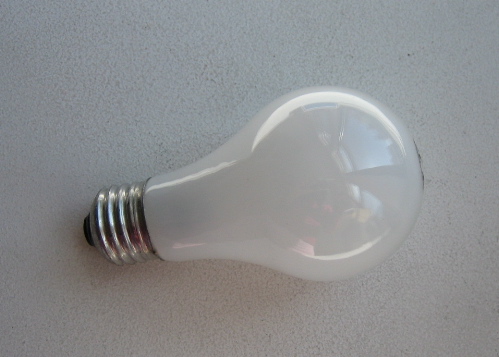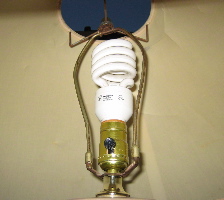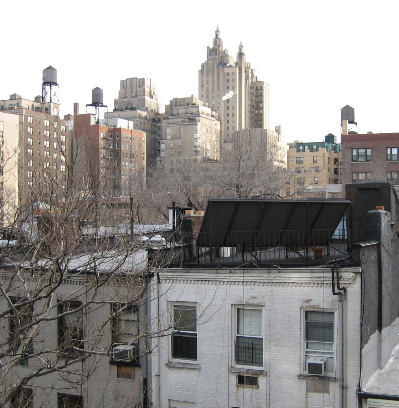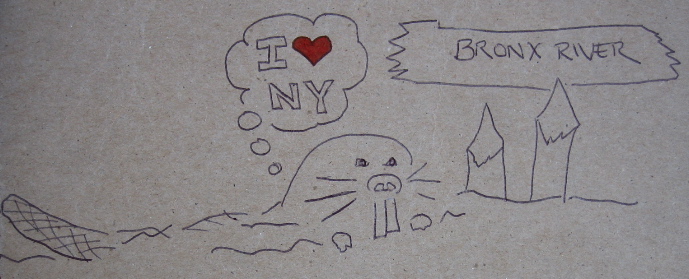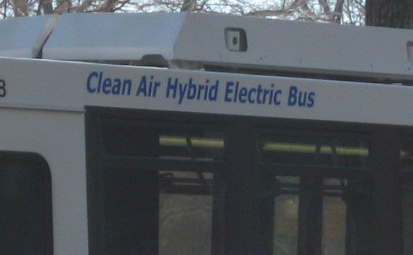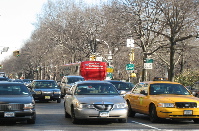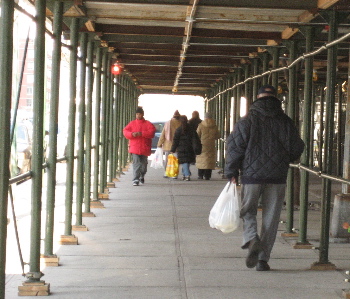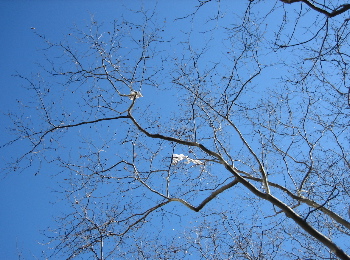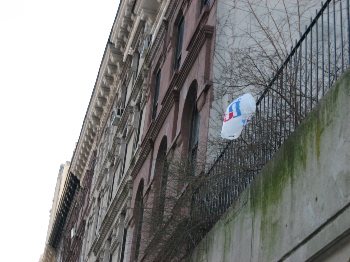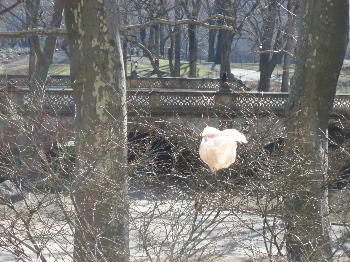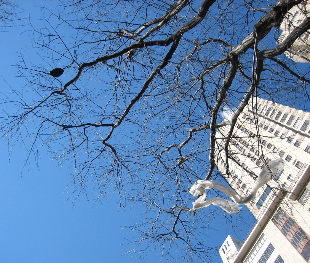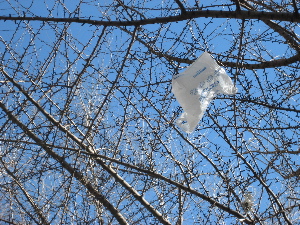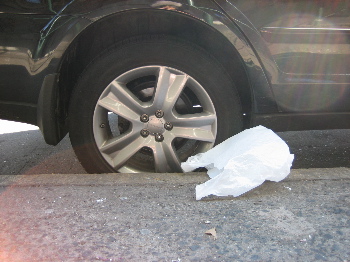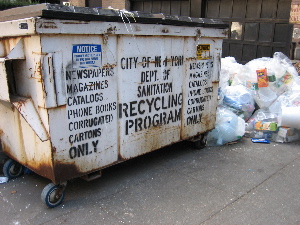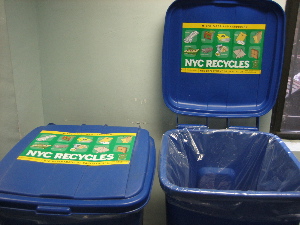This is the annual day of conservation recognition. National and state governments will promote environmental efforts in their towns and cities. Being "green" will be the "it" thing of the day and participating will make everyone feel good about themselves. For people who don't normally help the environment, Earth Day is a great concept. But to really help the Earth, environmental consciousness needs to be ingrained into everyone's mindset every day of the year. A mantra of Earth Day is "make every day Earth Day," and indeed we must.
Earth Day began 37 years ago in 1970. Since then its founders have organized the Earth Day Network (EDN) that, according to their website, "promotes environmental citizenship and year-round progressive action worldwide."
This year the EDN has many initiatives and suggestions for citizens to do for Earth Day. They are calling for people to make this day the "catalyst" for climate change policy. Demanding a cap on greenhouse gas emissions, citizens can lobby Congress for definite policy on global warming. Other suggestions include pledging to change your light bulbs and how to make events — such as an Earth Day event — carbon neutral. One interesting feature is the ecological footprint quiz.
The government has their own Earth Day site touting the positive environmental changes that have happened since this environmental day began. It claims among other things, that the air is much cleaner, wetlands are no longer shrinking, industrial sites are being cleaned up, and the strangely worded "President Bush is meeting his commitment to reduce the National Park Service maintenance backlog." We also must remember that Mr. Bush pulled out of the Kyoto Protocol, which set standards for greenhouse gas emissions (for which the U.S. is the worst offender), but there is no mention of that on their website. But whatever positives are touted by the government are better than none.
International Earth Day has already been celebrated on the vernal equinox, March 20. Founder John McConnell created an Earth Day Proclamation in 1971 that was signed by reknowned world leaders. The text follows:
"Whereas: A new world view is emerging; through the eyes of our Astronauts and Cosmonauts we now see our beautiful blue planet as a home for all people, and
Whereas: Planet Earth is facing a grave crisis which only the people of Earth Can resolve, and the delicate balances of nature, essential for our survival, can only be saved through a global effort, involving all of us, and
Whereas: In our shortsightedness we have failed to make provisions for the poor, as well as the rich, to inherit the Earth, and our new enlightenment requires that the disinherited be given a just stake in the Earth and its future — their enthusiastic cooperation is essential if we are to succeed in the great task of Earth renewal, and
Whereas: World equality in economics as well as politics would remove a basic cause of war, and neither Socialism, Communism nor Capitalism in their present forms have realized the potentials of Man for a just society, nor educated Man in the ways of peace and creative love, and
Whereas: Through voluntary action individuals can join with one another in building the Earth in harmony with nature, and promote support thereof by private and government agencies, and
Whereas: Individuals and groups may follow different methods and programmes in Earthkeeping and Earthbuilding, nevertheless by constant friendly communication with other groups and daily meditation on the meaning of peace and goodwill they will tend more and more to be creative, sensitive, experimental, and flexible in resolving differences with others, and
Whereas: An international EARTH DAY each year can provide a special time to draw people together in appreciation of their mutual home, Planet Earth, and bring a global feeling of community through realization of our deepening desire for life, freedom and love, and our mutual dependence on each other,
Be it Therefore Resolved: That each signer of this People Proclamation will seek to help change Man's terrible course toward catastrophe by searching for activities and projects which in the best judgement of the individual signer will:
-peacefully end the scourge of war
-provide an opportunity for the children of the disinherited poor to obtain their rightful
inheritance in the Earth
-redirect the energies of industry and society from progress through products…to progress through harmony with Earth's natural systems for improving the quality of life
That each signer will (his own conscience being his judge) measure his commitment by how much time and money he gives to these purposes, and realizing the great urgency of the task, he will give freely of his time and money to activities and programmes he believes will best further these Earth renewal purposes. (At least 9 percent of the world's present income is going to activities that support war and spread pollution. Ten percent can tip the balance for healthy peaceful progress.)
Furthermore, each signer will support and observe EARTH DAY on March 21st….(Vernal Equinox — when night and day are equal throughout the Earth) with reflection and actions that encourage a new respect for Earth with its great potentials for fulfilling Man's highest dreams; and on this day will join at 1900 Universal Time in a global EARTH HOUR — a silent hour for peace…"
For more on the Earth Day Network, visit earthday.net.
For more on International Earth Day, visit earthsite.org.
keeping the earth ever green
Lisa Tae-Ran Schroeder
Dear Reader,
In The Fray is a nonprofit staffed by volunteers. If you liked this piece, could you
please donate $10? If you want to help, you can also:

